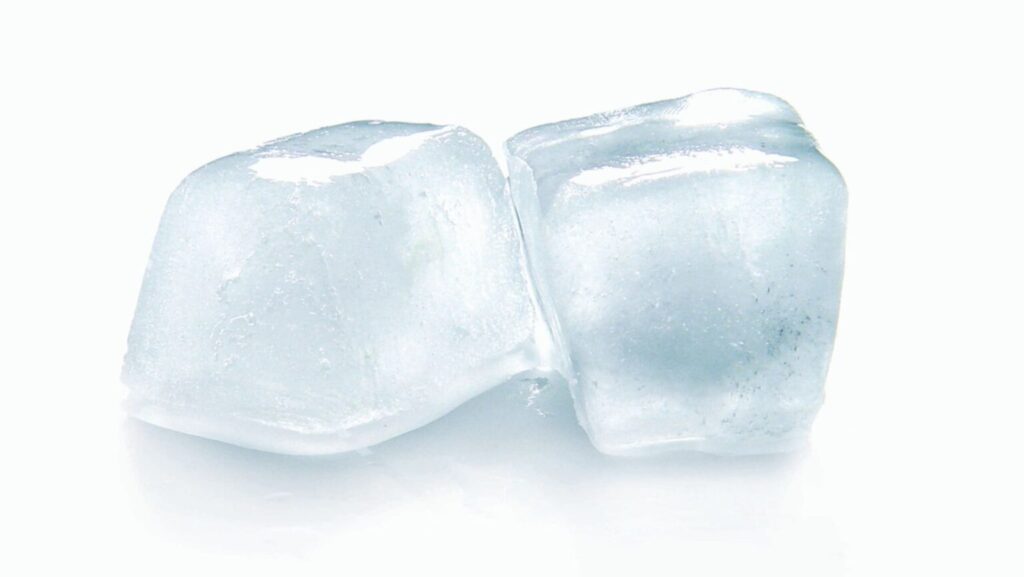Ice makers make daily life more convenient, especially during hot months or when hosting guests. But when they stop working, it can be frustrating. Instead of calling someone immediately, many of the issues can be solved with a bit of guidance, the right tools, and some patience.
Ready to learn more? Keep reading as this guide offers practical solutions for fixing common problems, helping you handle repairs confidently and safely.
How to Tell When Your Ice Maker Needs Attention
Ice makers tend to show signs before they stop working altogether. Recognizing these early can help you avoid bigger issues down the line.
One of the first signs that something’s wrong is reduced or no ice production. If you notice your trays are empty even after several hours, there could be a disruption in water flow or an internal failure. Strange noises such as clicking, grinding, or loud humming are also signs that something isn’t working correctly.
Water pooling under or around your refrigerator can indicate a clog or disconnected supply line. Slow production might point to temperature issues, especially if the freezer isn’t maintaining its usual range. Take note of any change in smell or taste, which could mean it’s time for a deep clean or filter replacement.
Tools and Safety Basics Before You Start Repairs
Before opening anything up, make sure the unit is unplugged. That single step protects you from electrical shock and prevents the motor from kicking on while you’re working.
You’ll need a few tools: a flat-head screwdriver, a Phillips screwdriver, a flashlight, gloves, and a multimeter for electrical checks. A small container or tray can help keep screws and parts together, so nothing gets misplaced.
Turn off the water supply connected to the fridge. If possible, have your appliance’s manual or model number on hand. This makes it easier to identify compatible parts and follow diagrams if needed. Taking a photo before removing a part can help during reassembly.
It’s also smart to clear space around the appliance so you can move freely and avoid damage to floors or nearby furniture.
Fixing the Most Common Ice Maker Issues
Some problems show up more than others, and the good news is they’re often fixable at home. Here’s how to handle the ones that come up most.
If your ice maker isn’t dispensing ice, check for any blocks in the ejector arm or ice chute. Sometimes a single stuck cube can hold things up. Warm water or a hair dryer on a low setting can help melt the blockage, as long as you’re careful.
When water isn’t filling the tray, inspect the water line for kinks or freezing. If the line is clear, the inlet valve might have failed. A simple multimeter test can check for continuity. If there’s none, that valve probably needs to be replaced.
Another common complaint is thin or hollow ice cubes. This can signal low water pressure or a clogged filter. Replacing the filter is a quick fix, especially if it hasn’t been changed in over six months.
Frozen fill tubes often lead to no production at all. Warm water and patience can clear this, but it’s important to check your freezer temperature settings afterwards. Temperatures below zero Fahrenheit tend to cause freezing in tubes and moving parts.
Replacing Faulty Components Safely and Effectively
Some parts wear down faster than others, especially in households that use their ice makers heavily. Replacing parts like valves, ejector motors, thermostats, or trays can solve ongoing problems that basic cleaning won’t.
To identify a failing component, listen and observe. A valve that clicks but doesn’t fill could be faulty. Trays that crack or warp from years of freezing and thawing should be swapped. If ice forms but never drops into the bucket, the ejector motor could be the cause.
Compatibility is important. Make sure the parts match your model number. That ensures proper fit and function without causing new issues.
Reliable suppliers make this process easier. Homeowners can find dependable ice machine replacement parts online without needing to visit a repair shop. Ordering the right part and installing it correctly can restore function without delay.
Cleaning and Maintenance to Prevent Future Issues
Regular maintenance keeps ice makers working longer and prevents build-up that slows production. A consistent cleaning routine every month or so can make a big difference.
Start with the bin and trays. Remove any cubes and clean with mild soap and warm water. Avoid harsh chemicals, as they can leave residues that impact taste and safety.
Water filters should be changed every six months or as recommended. Skipping this step can lead to poor water flow and buildup in the internal lines.
Inspect the water line and inlet valve for scale buildup. A basic vinegar rinse through the system, followed by several cycles of fresh water, can help flush minerals out. If you have hard water, this step is especially helpful.
Also, check the freezer temperature, which is in a good range of 0 to 5°F. However, if it’s too low, parts freeze up. If it’s too high, ice might not form properly.
When It’s Time to Call a Professional
DIY can save time and money, but there’s a line where expert help makes more sense. Knowing where that line is helps prevent bigger issues later.
Electrical faults beyond a broken wire or simple component should be left to a trained technician. If your tests show inconsistent voltage or wires are burned or frayed, scheduling a repair appointment is safer than trying to fix it yourself.
Leaks that continue even after replacing seals and hoses may point to a deeper plumbing problem. Similarly, repeated freezing or loud mechanical noises can mean damage to the compressor or internal sensors.
Most ice maker brands offer support lines, and some parts may be under warranty. Before replacing anything major, it’s worth checking your appliance’s status online or with customer service.
Take Action and Keep Your Ice Maker Running Smoothly
Keeping your ice maker in good shape doesn’t have to feel overwhelming. With a careful approach and a little consistency, many issues can be handled without a service call.
You’ve now got a practical guide to solving common problems, replacing worn parts, and carrying out monthly maintenance. Staying ahead of potential trouble spots means fewer disruptions and better performance from your appliance year-round.
Taking care of repairs at home also builds confidence in other household fixes. Start with small checks, prioritize safety, and seek support when needed.
Your ice maker can keep up, as long as you do.



More Stories
How Material Innovation Is Influencing Contemporary Design Objects
How Automation and Smart Tools Are Transforming Architectural Practice
Why Turnkey Sweepstakes Software Is Catching On Fast